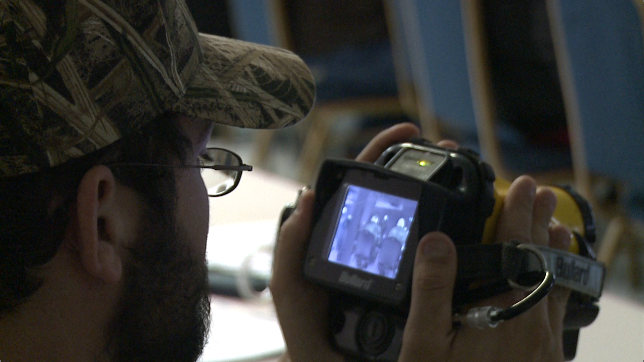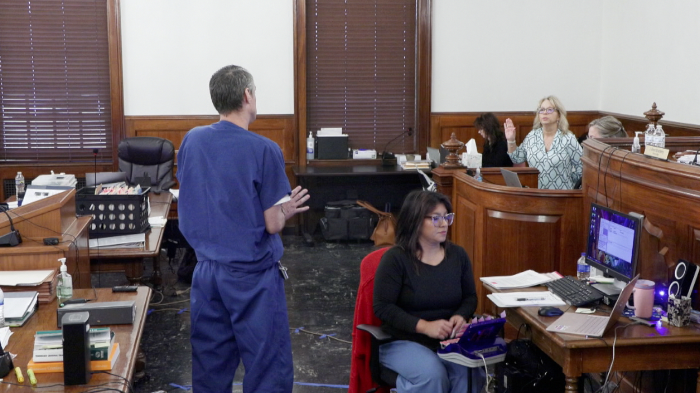Firefighters get training to save lives

[gtxvideo vid=”0BaPRD7g” playlist=”” pid=”OTSe9U1y” thumb=”http://player.gtxcel.com/thumbs/0BaPRD7g.jpg” vtitle=”Thermal Imaging Training”]
TRENTON, Tenn. — Class is in session for Gibson County firefighters. All week they are learning ways to put technology to use in saving lives. “It’s the wave of the future,” Gibson County Fire Chief Bryan Cathey said. “It makes our job so much easier.” New thermal imaging cameras are what firefighters were training on Monday. It is a technology they will now be able to use to do their job. “They’re able to see through the smoke using the imaging to see the heat,” Cathey said. “It will also help with rescuing people trapped in their home.” Anytime a firefighter enters a burning building, they are using the camera to check out their surroundings, and it is all done by temperature. Anything that is dark is cold and anything that’s bright white is hot. “Victims that may even be behind a door or in a closet inside a smokey room that we wouldn’t be able to see, we can now identify them using the camera,” state fire instructor Johnny Puff said. But according to fire officials, although the camera can save lives most of the time it’s left behind. “It’s something you have to get used to because we’ve never had this technology,” Cathey said. “Everyone is in the old-school way of thinking.” But instructor Puff said this is the reason why departments such as Gibson County need to be properly trained. “Now we’re training with it and understanding the aspects of it,” Puff said. “Now we may not leave it behind the next time we get off the engine.” And with more than a week of training ahead for these firefighters, Puff says his main goal is to give them easier ways to keep themselves and the public safe. “At the end of the day, the big goal is that everyone goes home,” Puff said. “If we can send them all home through technology and education, we’ve done our job.” This week, firefighters will also learn ways to read smoke and how to get themselves out of entrapment situations. This training, the 10 cameras as well as other life-saving equipment are all paid for through an almost $1 million grant.












